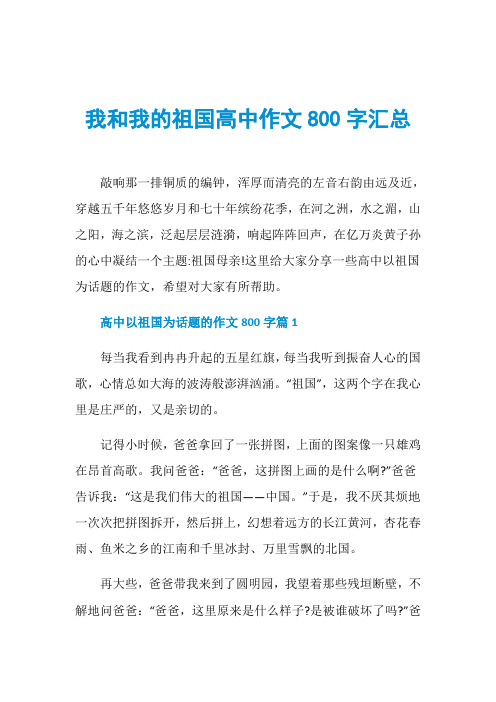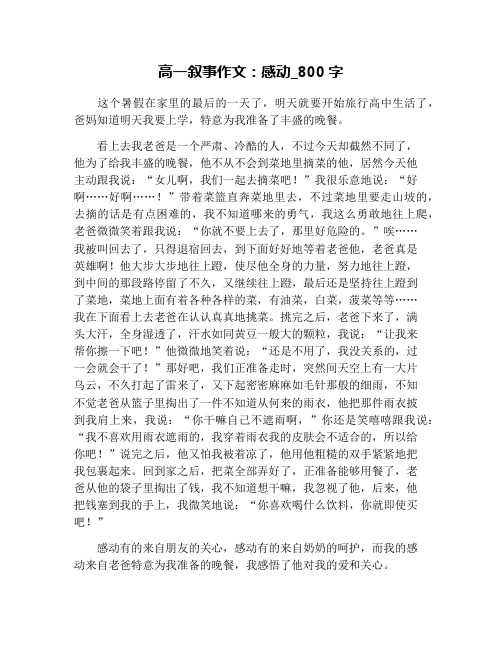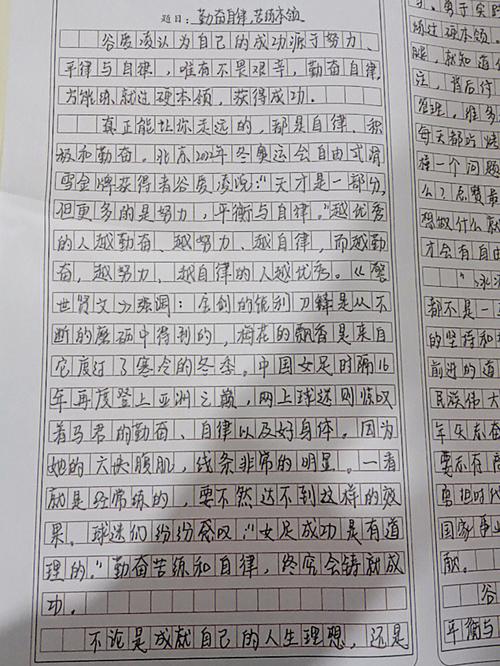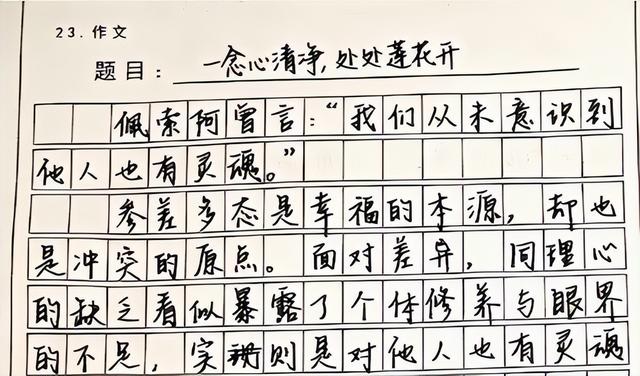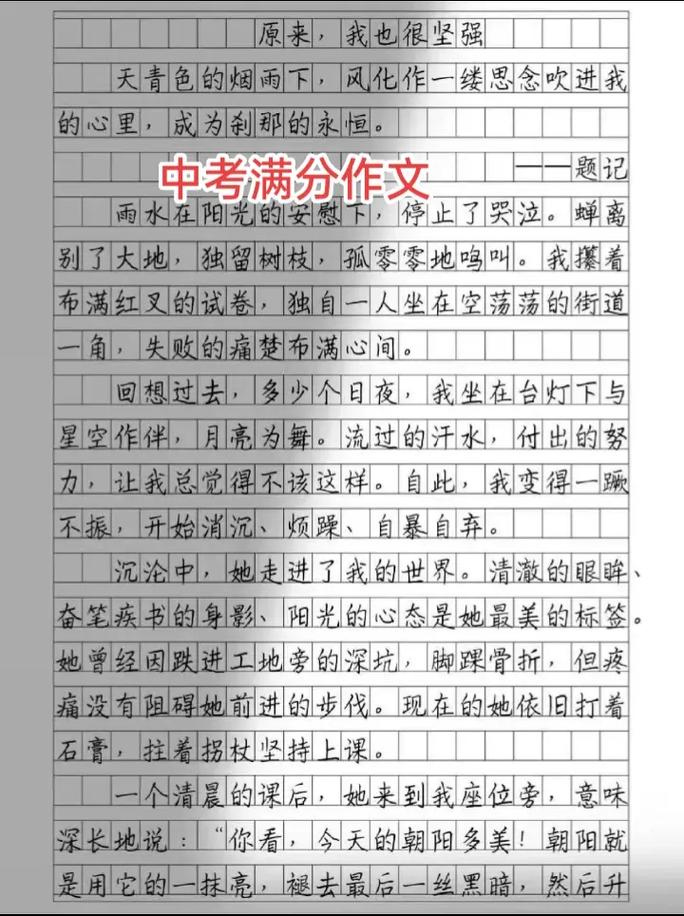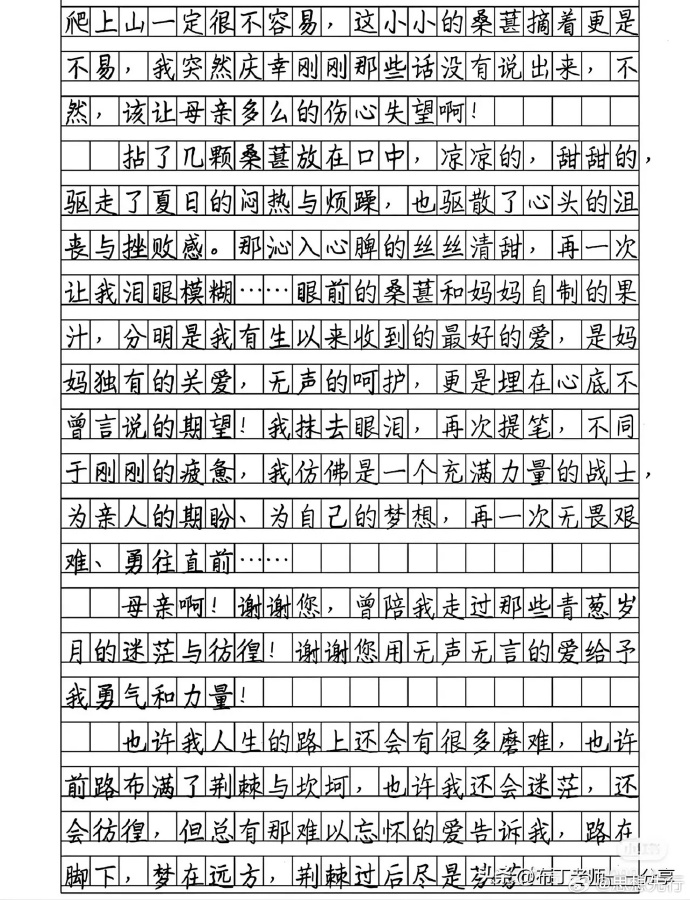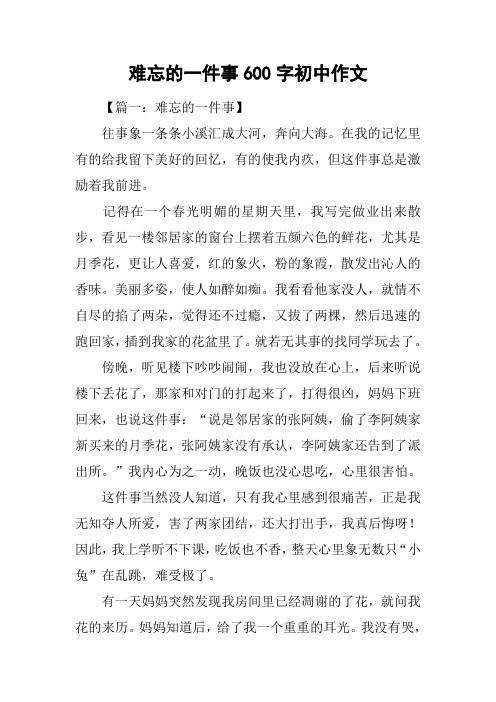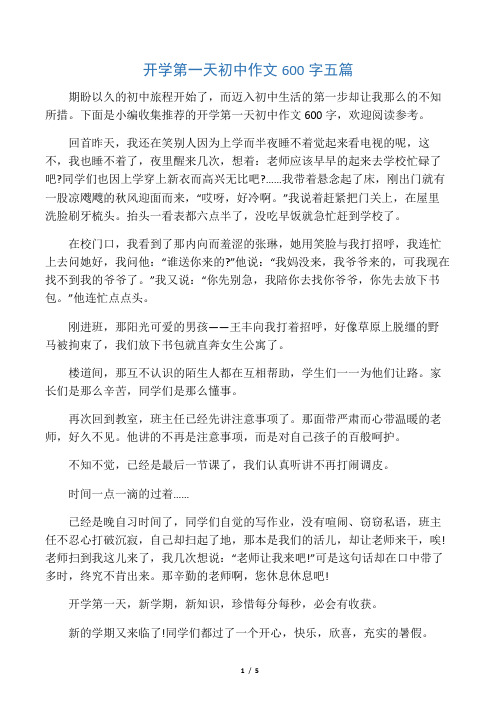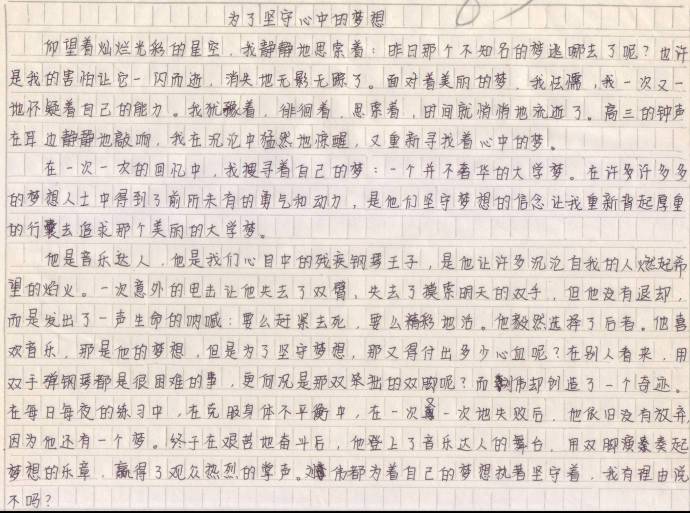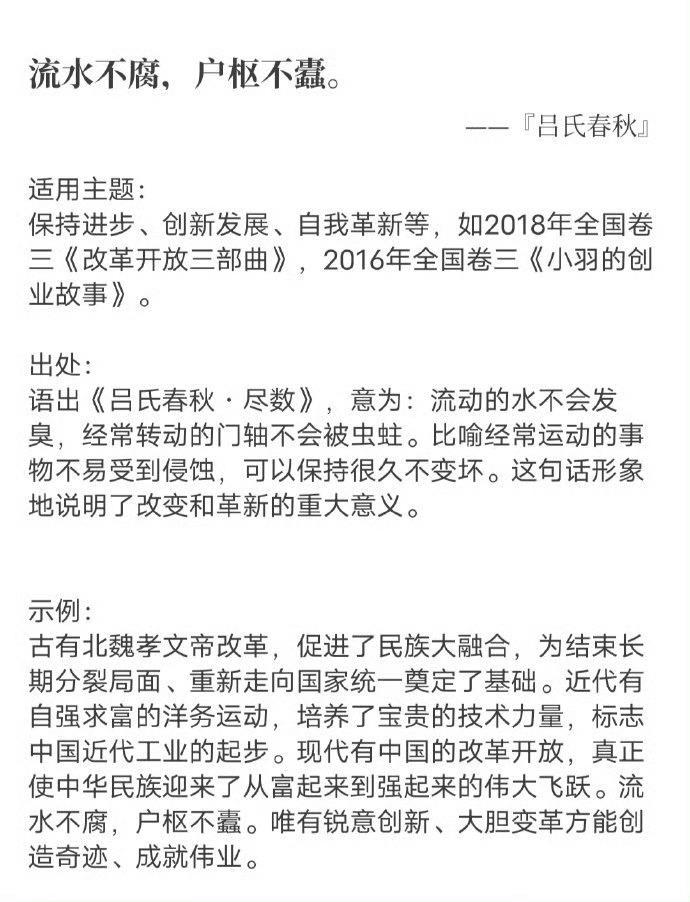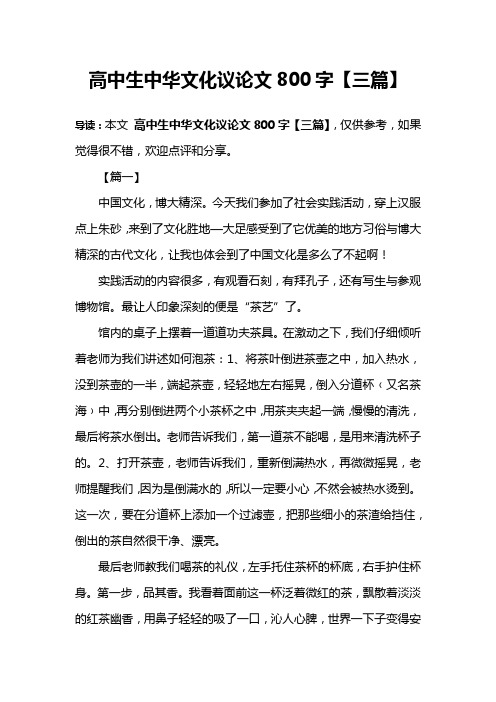均衡饮食英语作文(Balanced diet English composition)
推荐阅读》
In today's society, balanced diet is of utmost importance for maintaining good health and promoting overall well-being. A balanced diet provides the body with the necessary nutrients, vitamins, and minerals it needs to function properly. It involves consuming a variety of foods in appropriate proportions to ensure that the body receives all the essential elements required for optimal performance.

Firstly, a balanced diet includes a sufficient intake of carbohydrates. Carbohydrates are the body's main source of energy. They are found in foods such as grains, potatoes, and fruits. Whole grains like brown rice, whole wheat bread, and oats are particularly beneficial as they contain more fiber and nutrients compared to refined grains. For example, a bowl of brown rice provides a sustained release of energy, keeping us energized throughout the day.
Secondly, proteins are essential components of a balanced diet. They are the building blocks of the body, responsible for the growth, repair, and maintenance of tissues. Good sources of protein include lean meats like chicken and turkey, fish, eggs, beans, and nuts. Protein-rich foods help to build and strengthen muscles, boost the immune system, and support various bodily functions. For instance, a portion of grilled chicken breast can provide the necessary protein for muscle repair after a workout.
Furthermore, a balanced diet should incorporate an adequate amount of healthy fats. Fats are often misunderstood, but they play a crucial role in maintaining healthy cell membranes, absorbing fat-soluble vitamins (A, D, E, and K), and providing insulation for the body. Unsaturated fats found in foods like avocados, olive oil, and nuts are beneficial for the heart and overall health. On the other hand, saturated and trans fats, commonly found in fried and processed foods, should be consumed in limited amounts as they can contribute to heart disease and other health problems.
Vitamins and minerals are also vital parts of a balanced diet. Different vitamins and minerals have specific roles in the body. For example, vitamin C is important for collagen synthesis and immune function, while calcium is essential for strong bones and teeth. Fruits and vegetables are rich sources of various vitamins and minerals. A colorful plate of fruits and vegetables ensures a wide range of nutrient intake. For instance, oranges are a great source of vitamin C, and leafy green vegetables like spinach provide iron and calcium.
In addition, fiber is an important component of a balanced diet. It aids in digestion, helps to maintain a healthy weight, and lowers the risk of certain diseases such as diabetes and heart disease. Whole grains, fruits, vegetables, and legumes are good sources of dietary fiber. Consuming enough fiber can prevent constipation and promote regular bowel movements.
To achieve a balanced diet, it is also important to practice portion control. Overeating, even healthy foods, can lead to weight gain and other health issues. Being mindful of portion sizes and listening to the body's hunger and fullness cues can help maintain a healthy weight and prevent overeating.
In conclusion, a balanced diet is crucial for maintaining good health and preventing diseases. It involves consuming the right proportions of carbohydrates, proteins, healthy fats, vitamins, minerals, and fiber. By making informed food choices and practicing portion control, we can enjoy the benefits of a balanced diet and lead a healthy lifestyle. Let us remember to nourish our bodies with a variety of nutritious foods, just as we would cultivate a garden with different kinds of flowers, so that we can bloom with vitality and well-being.

Outline:
- Introduction
- State the importance of a balanced diet for health and well-being.
- Mention that it provides essential nutrients for optimal body function.
- Carbohydrates
- Explain that carbohydrates are the main energy source.
- Give examples of good carbohydrate sources like whole grains.
- Illustrate with an example of how brown rice provides energy.
- Proteins
- Describe the role of proteins in the body.
- List sources of protein such as lean meats, fish, eggs, beans, and nuts.
- Provide an example of how grilled chicken breast aids in muscle repair.
- Healthy fats
- Clarify the importance of healthy fats.
- Contrast unsaturated fats (beneficial) with saturated and trans fats (harmful).
- Give examples of foods containing healthy fats like avocados and olive oil.
- Vitamins and minerals
- Stress the role of vitamins and minerals.
- Emphasize the significance of fruits and vegetables in providing these nutrients.
- Give examples like oranges for vitamin C and spinach for iron and calcium.
- Fiber
- Explain the function of fiber in digestion and disease prevention.
- List sources of dietary fiber.
- Portion control
- Discuss the importance of portion control.
- Mention the need to listen to the body's cues.
- Conclusion
- Summarize the benefits of a balanced diet.
- Compare achieving a balanced diet to cultivating a garden.
本文系作者个人观点,不代表本站立场,转载请注明出处!

